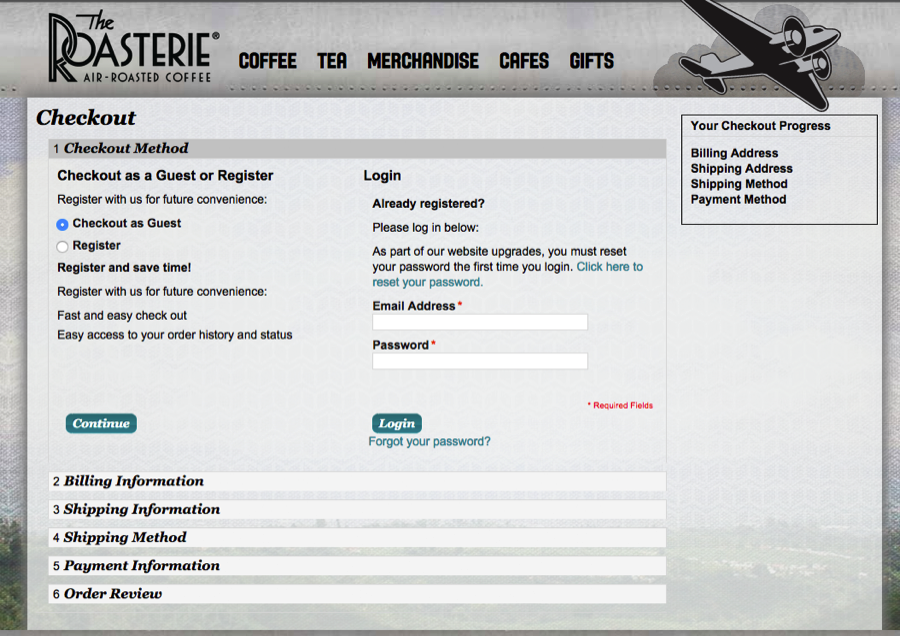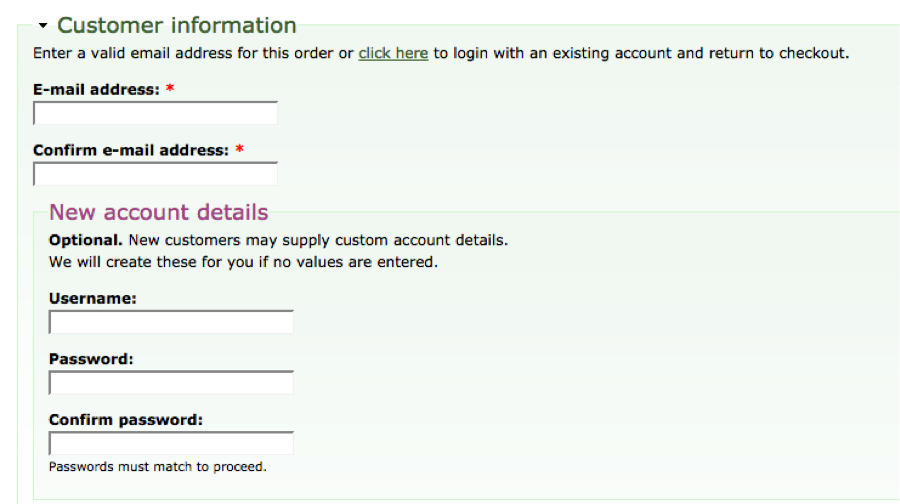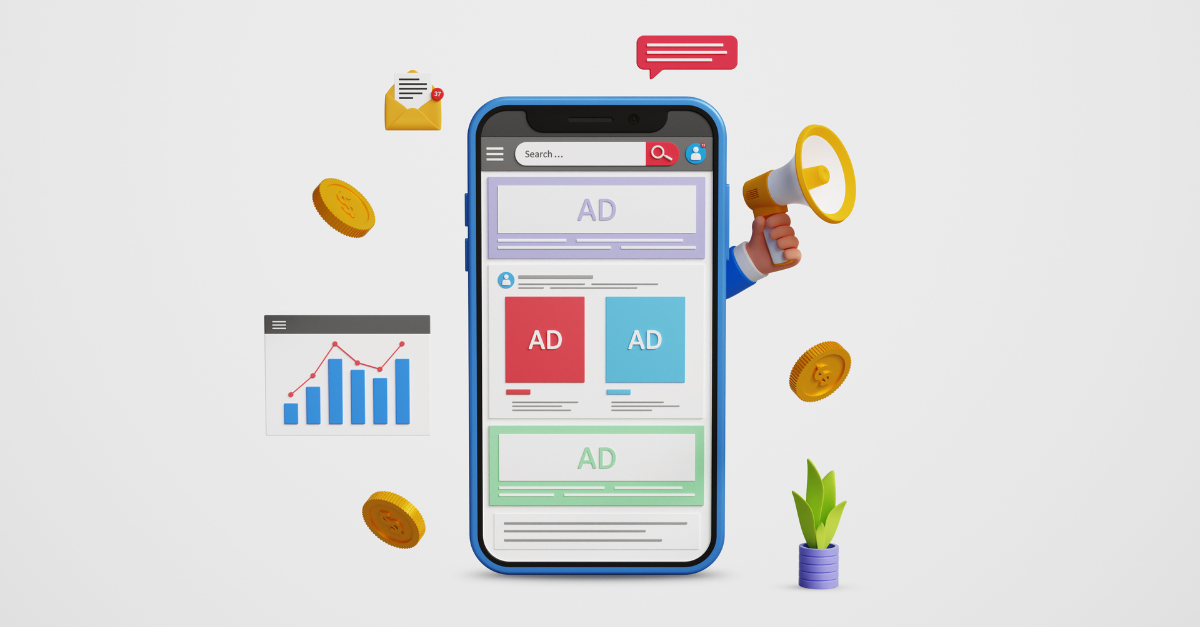You got your customer to your site, helped them find what they were looking for, and now they’re ready to order. Nice work!
While it may seem like you’ve accomplished your mission, the reality is that an average of 68% of shopping carts are left abandoned. (http://baymard.com/lists/cart-abandonment-rate). That means for every three people that come to your site and add items to their cart, only one is buying! Those other two may have decided against buying, or found a better deal elsewhere. But what if the problem could be the checkout process? Here are three strategies you should take to make sure your checkout process isn’t shortchanging your online sales.
The one-page checkout
While having all checkout steps on one page doesn’t necessarily simplify the process (http://baymard.com/blog/one-page-checkout), it does force you to seek out the essential parts of your checkout and what can be thrown out. You are laying out the process to your customer and allowing them to see the endpoint, which eliminates uncertainty.

The Roasterie uses a one-page layout
Don’t make them register!
While some shopping cart practices are debatable, asking your customer to create an account before buying is a definite no-no. An Econsultancy survey (https://econsultancy.com/blog/7730-why-do-consumers-abandon-online-purchases) found that 25% of customers will bail if asked to register before buying! While it may make things nice and tidy on your end, it’s likely you’re turning away a potential customer who’s trying to hand you money. If this is on your list of ways to increase online sales, move it to the top.

Make the conversion path as clear as possible
While cross-selling is a great strategy to get a few more items into the cart (and even help your customer out in some cases), placing them in your customer’s way could be a little too overwhelming. Much like the candy bars in the checkout lane, they should definitely be there and look tempting, but not hinder the process.
You’ve probably noticed how incredibly simple Amazon makes it to spend money. Their lower prices help of course, and, yes, they play unfairly by offering one-click ordering, but their checkout process seems to be the culmination of years of customer analysis. Everything is where you expect it to be, leaving nothing to question, and they essentially put you in a spot where you want to click that “Place your order button”.

The checkout page at Amazon.com
If your website already has these best practices in place, there may still be hang-ups keeping orders from coming in. Take a good look at your checkout process, and make sure no customer is getting left behind!
[more]



